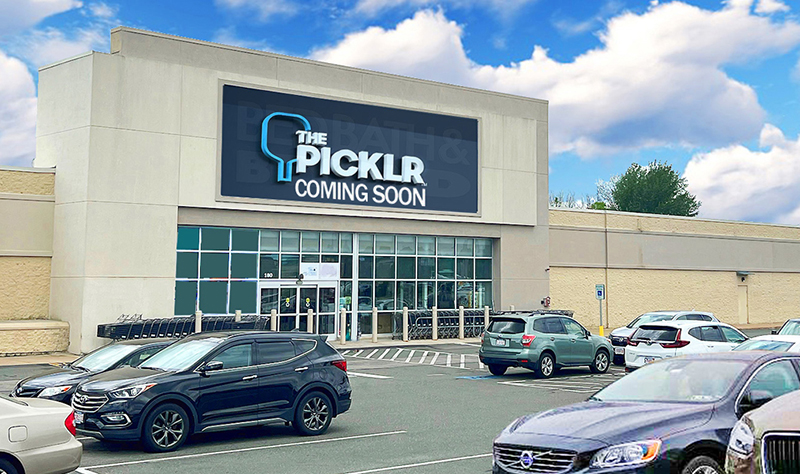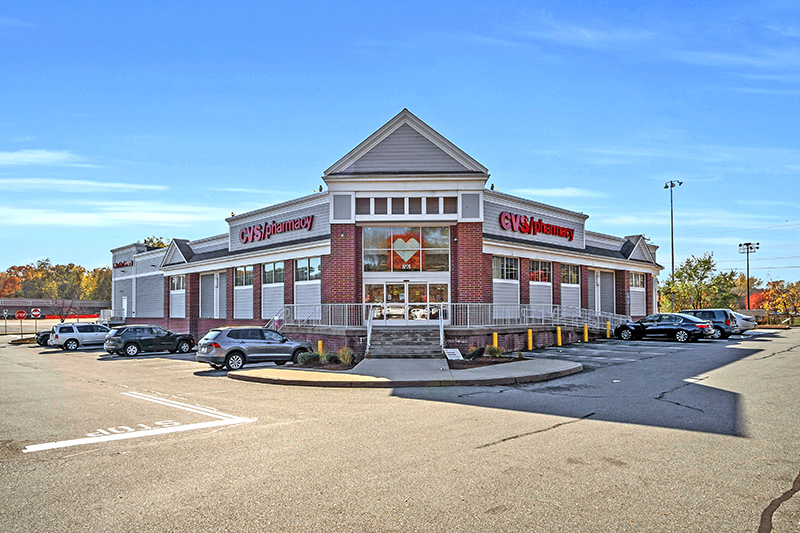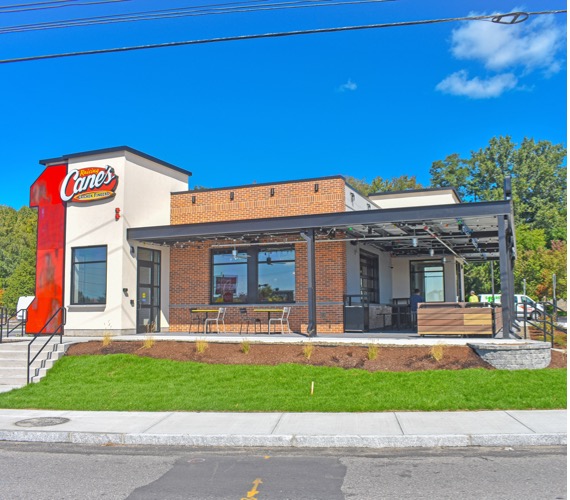News: Retail
Posted: January 22, 2015
The tenant Exclusive Use clause: A pitfall for the unsuspecting landlord
A key to operating a successful retail business is to be unique and to avoid direct competition with other retailers whenever possible. If a retailer can provide a wide array of products and services that will satisfy a large segment of the population, and can simultaneously obtain exclusivity within that shopping center for the products and/or services that they offer, that retailer can be on their way to running a very successful business. Landlords need to be able to accommodate these requests, while at the same time preserving their ability to rent to a wide range of tenant uses.
Tenants often insist on negotiating a so-called "Exclusive Use" provision in their lease. The intent is to limit other tenants within the shopping center from offering the same products and services as they do. A prudent landlord, however, needs to pay close attention to the terms and conditions included in the provision.
An Exclusive Use clause prohibits a landlord from leasing retail space within the shopping center to a tenant who sells products and/or services that are the same, or substantially similar, to another tenant in the shopping center. It, therefore, is rare to find two coffee shops or frozen yogurt stores, for example, open in the same shopping center.
While landlords want retail tenants to be successful, they need to be especially weary of making the Exclusive Use provisions overly broad. An Exclusive Use provision that protects too many of a tenant's products or services will limit a landlord's ability to fill out their shopping center with a diverse mix of tenants. For example, a card store may want to be protected against other tenants that sell greeting cards; or a bakery tenant may want to be the sole provider of baked goods in the center, and may ask the landlord for general exclusives on the sale of cards or baked good by other tenants. If a landlord grants such a request, it might later have a problem leasing space in the center to a supermarket, which sells both greeting cards and baked goods, to a drugstore, which sells greeting cards, or to a coffee shop that sells a wide array of bakery items.
Many of these types of stores do co-exist in shopping centers across the region. How, therefore, can a landlord maintain a mix of tenants within a shopping center whose products and services overlap with other tenants, and remain in compliance with Exclusive Use provisions? The key is proper planning by the landlord, and attention to the details. Sophisticated landlords will know their intended tenant mix before the initial leases are drafted. Having that plan in place allows landlords to negotiate very specific Exclusive Use provisions in leases which provide protection only to those key products or services offered by each tenant, while allowing the landlord the opportunity to "carve out" future similar uses by other tenants in the center.
Restaurants, especially, can be of a particular concern for landlords when negotiating Exclusive Use provisions. Often, restaurants will seek exclusive protection not only for their specific menu items, such as chicken wings, pizza, burgers and even beer selections, but also for the atmosphere they provide, the number of televisions they may have and any live entertainment they offer. Since many restaurants offer similar menu items, landlords must be careful to limit the scope of the Exclusive Use protection it provides to a restaurant, such that it protects an Asian cuisine or seafood restaurant or a tenant that specializes in burgers, from a having direct competitor in the shopping center. One way landlords can avoid future conflicts is to carve-out future tenant uses which might otherwise breach the exclusive protection they are agreeing to. For example, a tenant which primarily sells burgers may get exclusive protection against another burger establishment in the shopping center, but will likely agree that a future restaurant may be permitted to sell burgers as part of a larger menu.
Because there is a butterfly effect in lease negotiation, where the terms of one lease can very much impact a landlord's ability to complete the next lease, landlords need give the terms of a proposed Exclusive Use provision careful and due consideration. Landlords are well served to work closely with their brokers and attorneys to craft Exclusive Use provisions which satisfy a wide range of potential tenants, while providing the landlord the flexibility it needs to fully lease a large diverse shopping center.
Michael Spillane, Esq. is an associate with Orsi, Arone, Rothenberg, Iannuzzi & Turner LLP.
Tags:
Retail
MORE FROM Retail
Mace of KeyPoint Partners negotiates 36,192 s/f lease for The Picklr at Endicott Square
Danvers, MA KeyPoint Partners (KPP) negotiated a lease with the nation’s premier indoor pickleball venue The Picklr at Endicott Sq. Vice president of retail brokerage Don Mace negotiated the transaction on behalf of the landlord.




.jpg)



